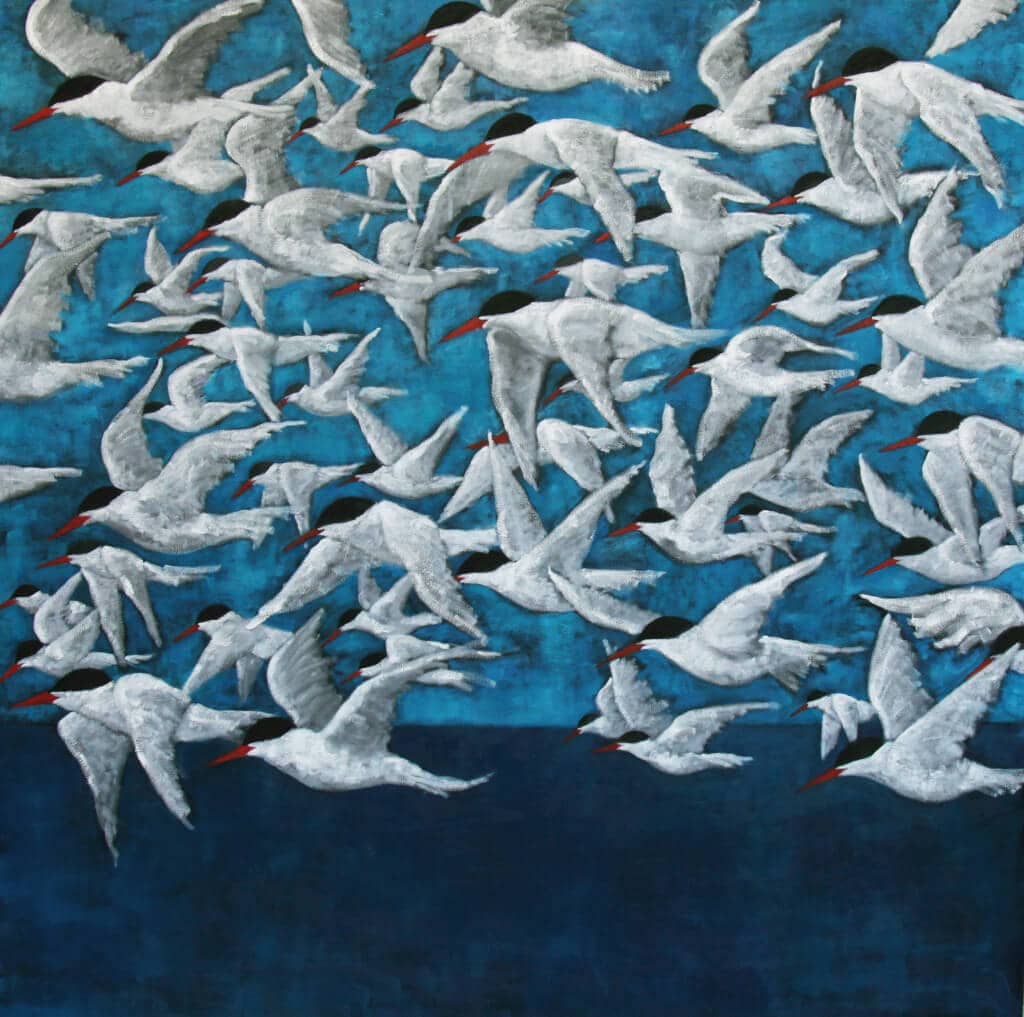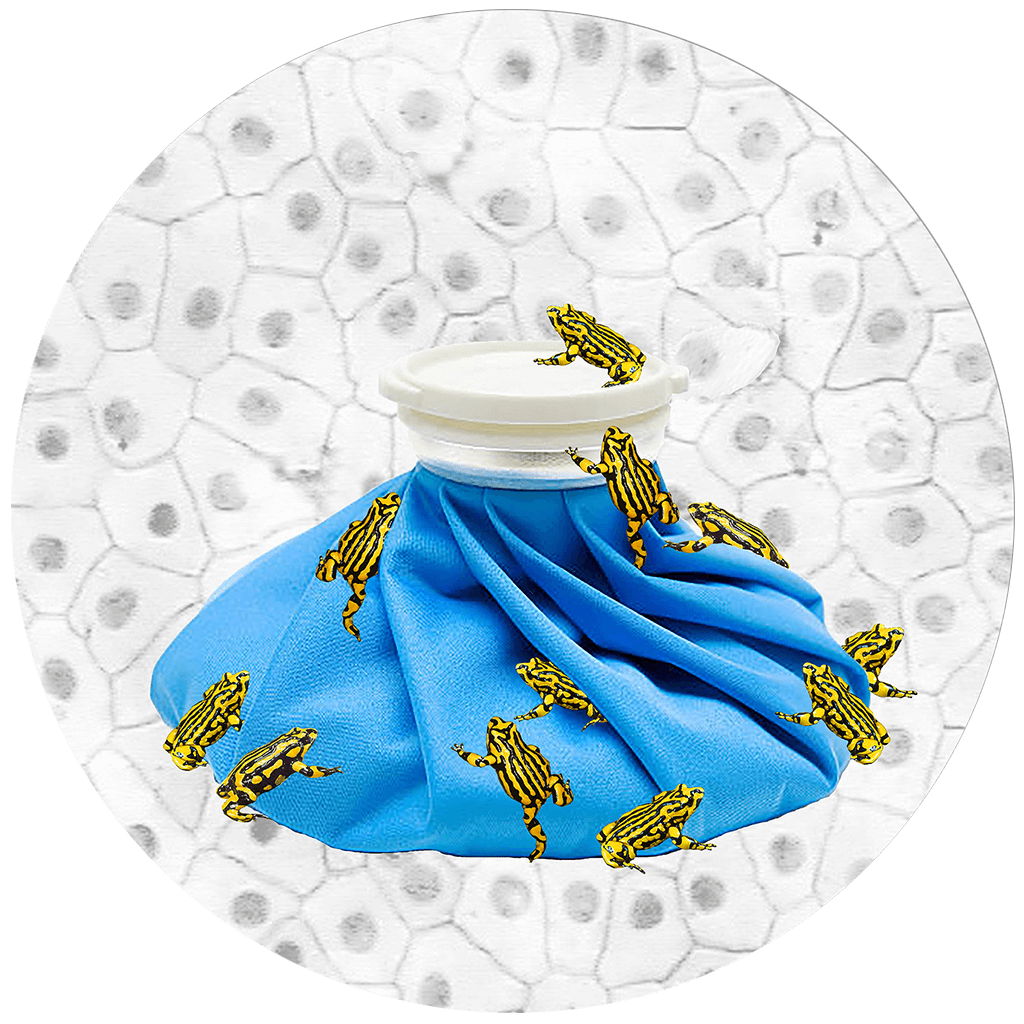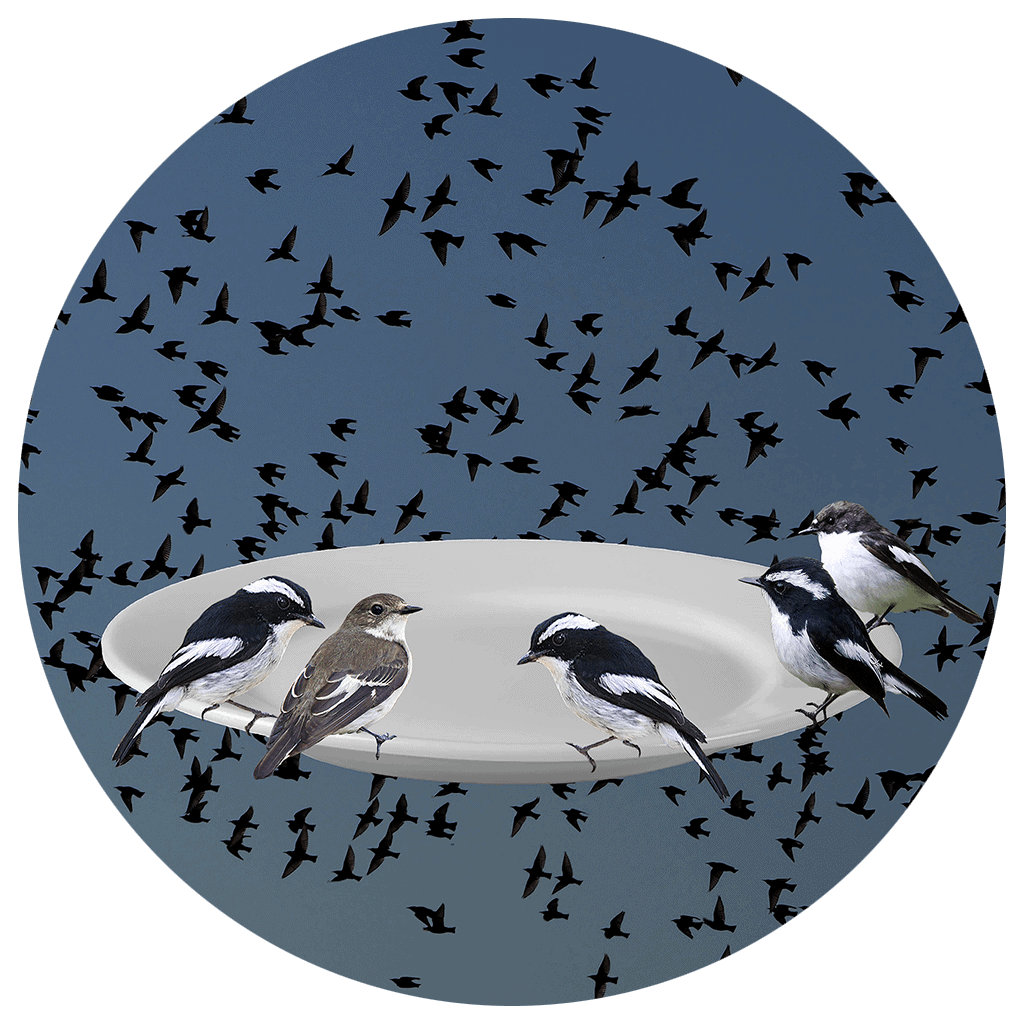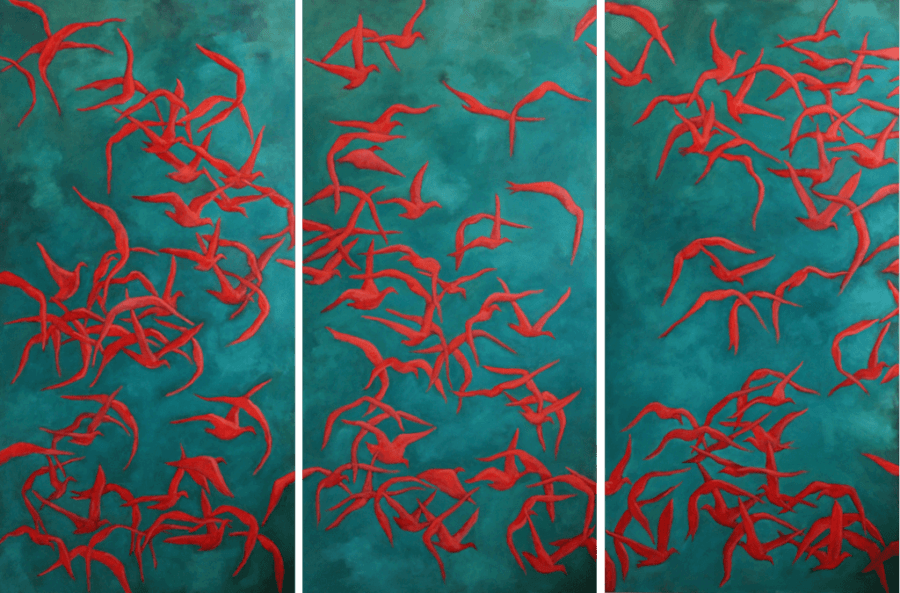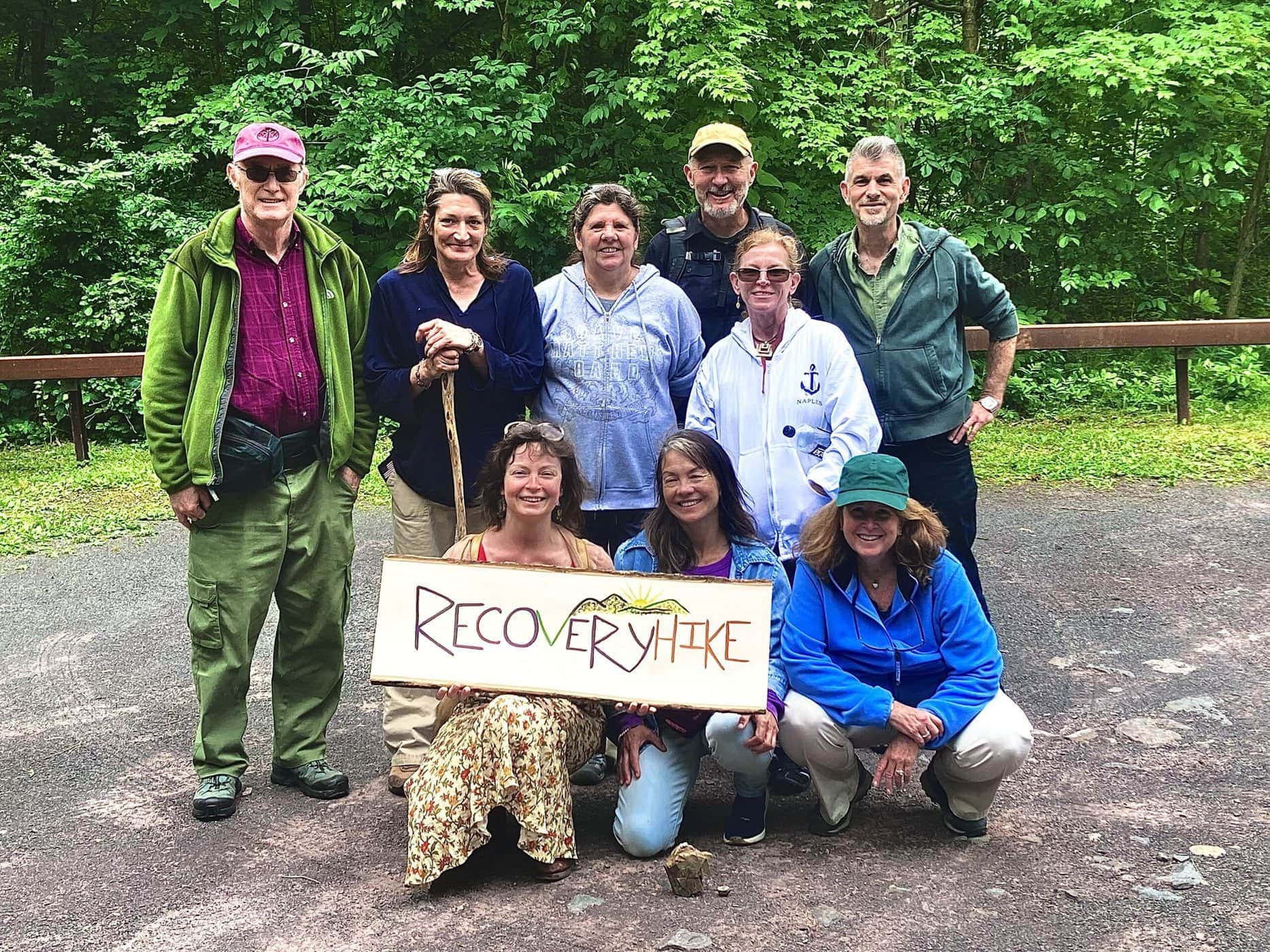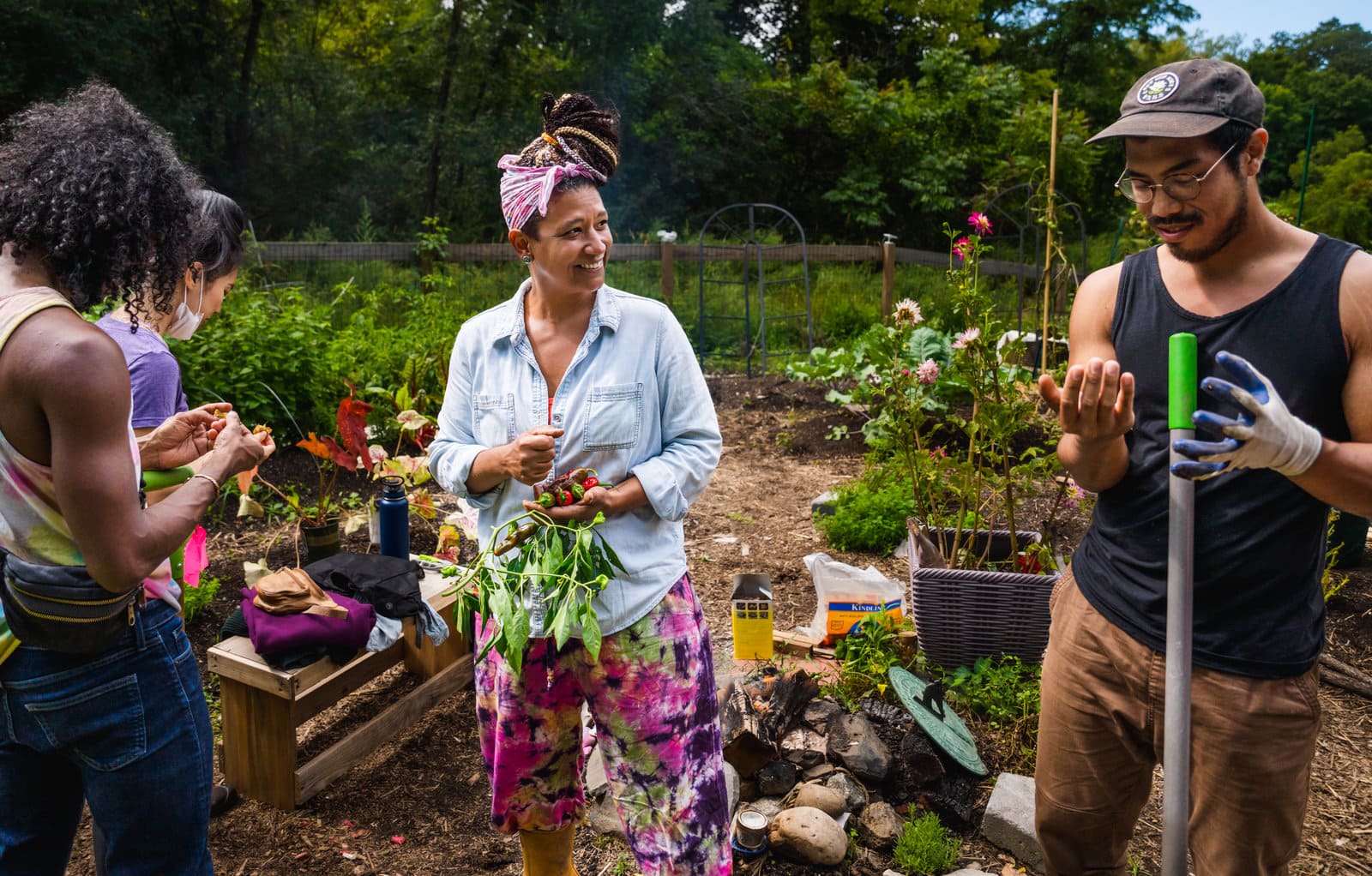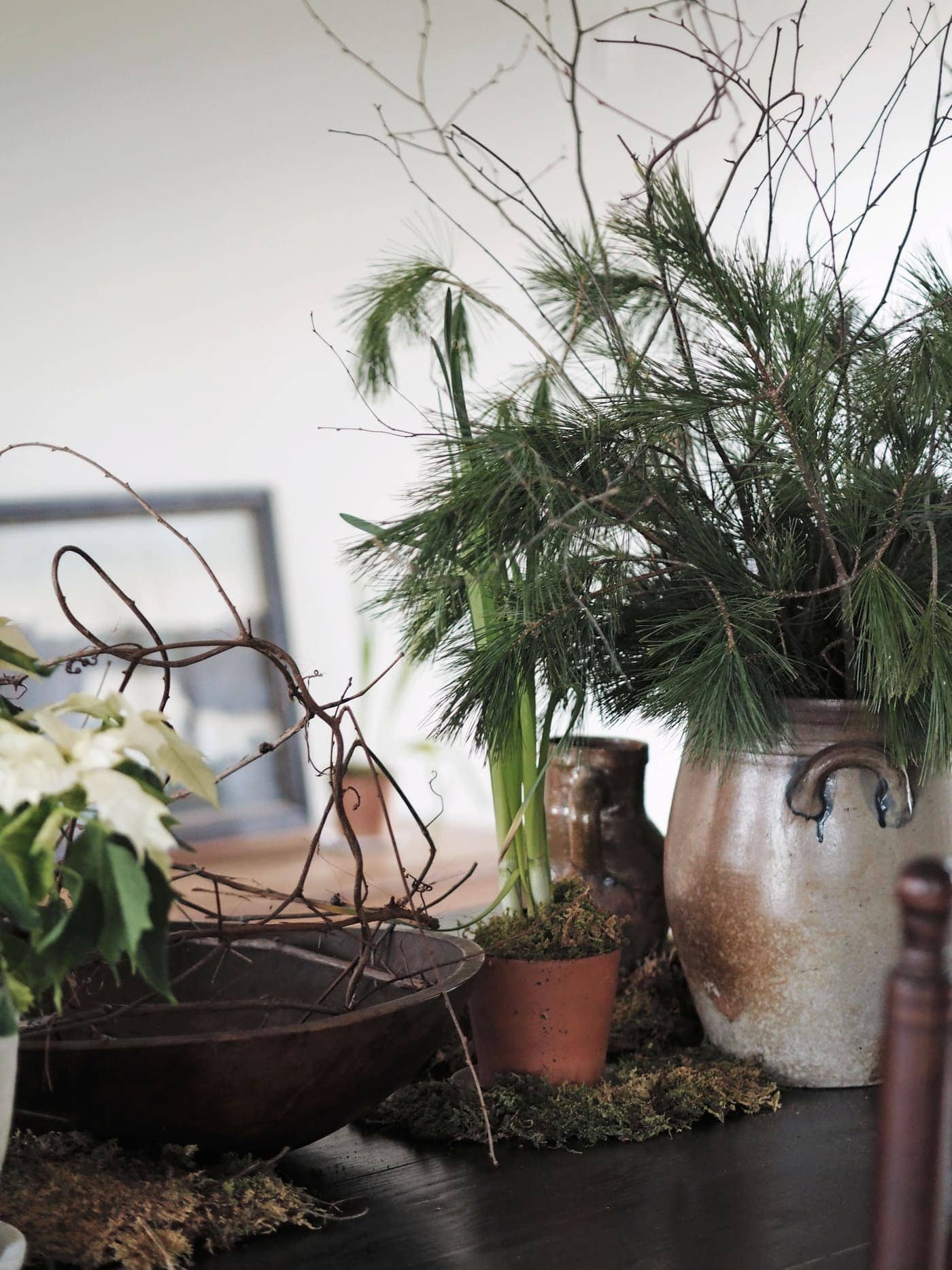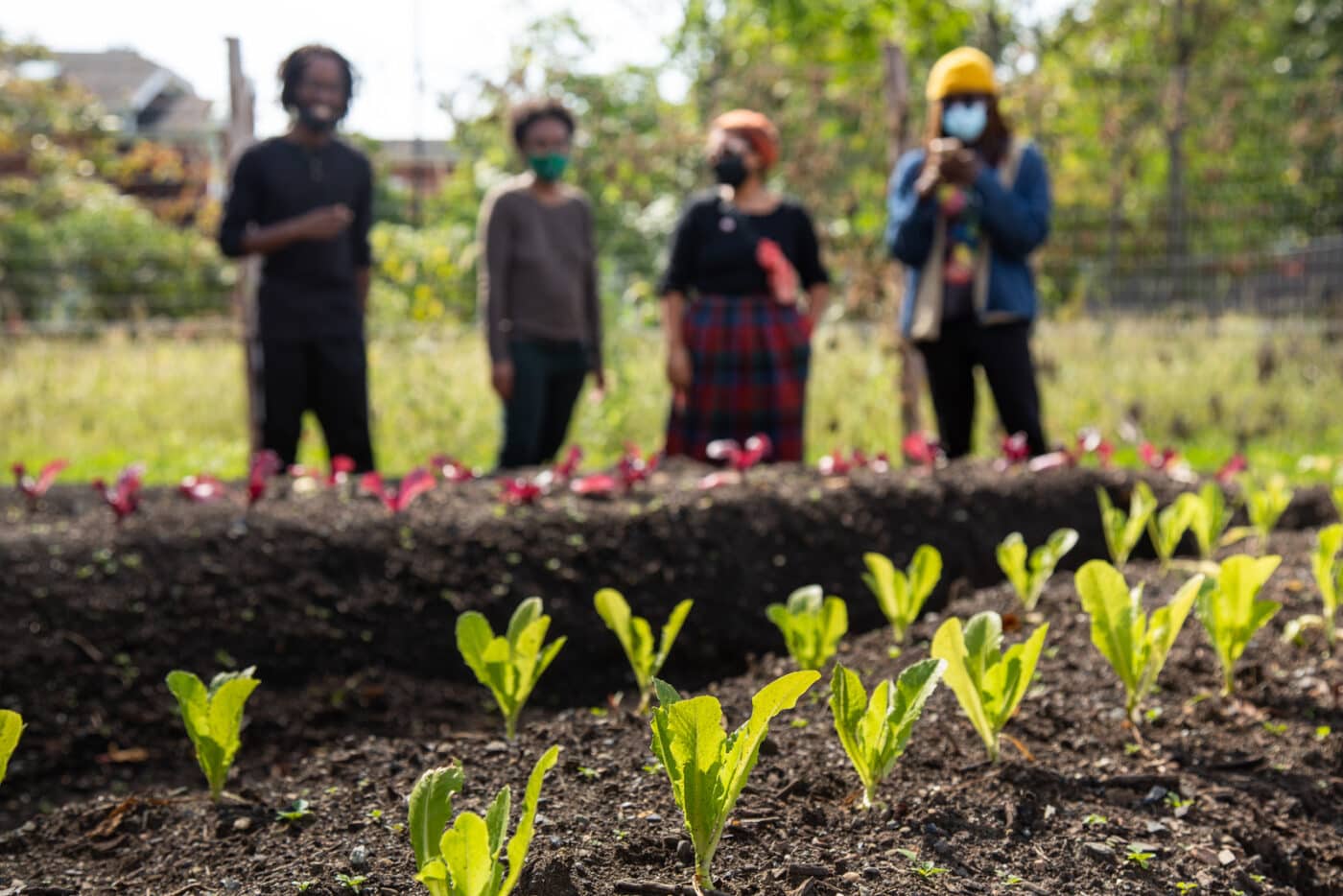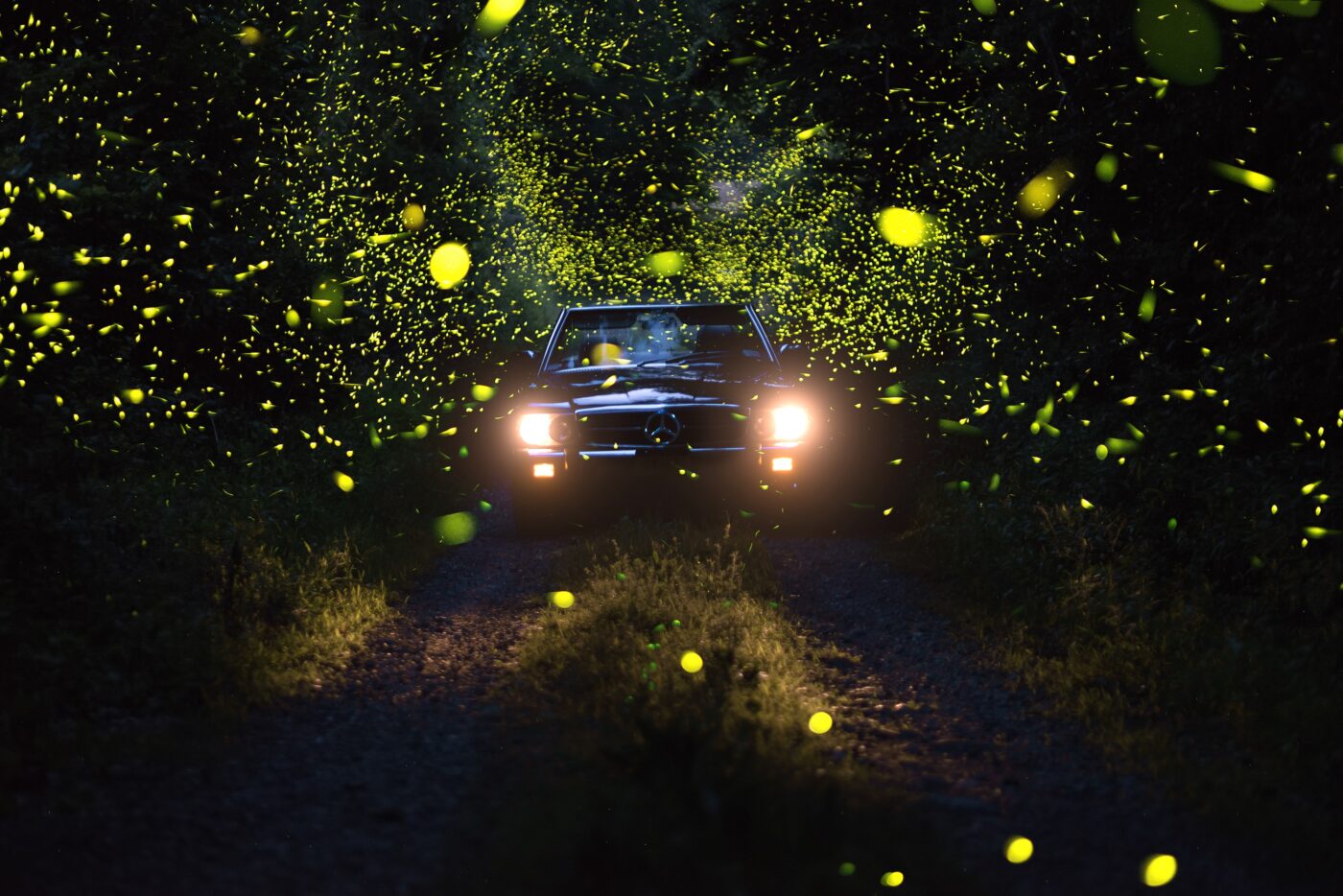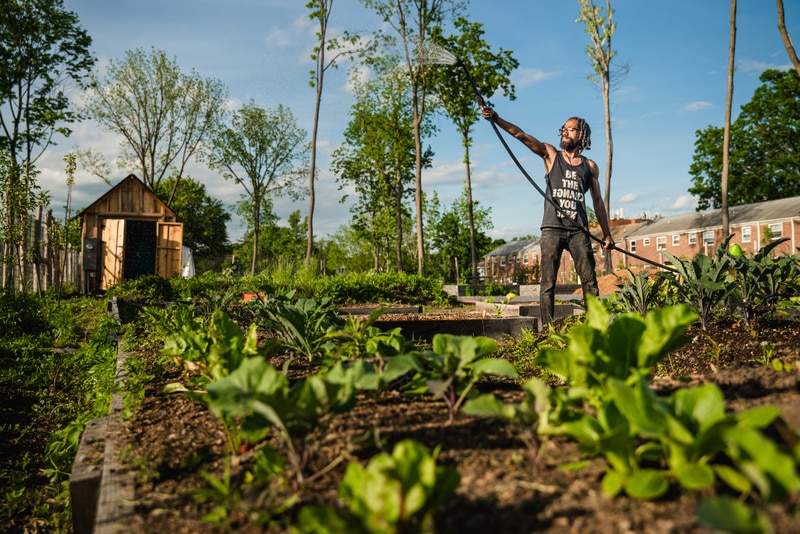Artist and scientist Hara Woltz believes that art is key to bearing witness to climate change in the Hudson Valley and beyond.

Science and art may seem like two career fields that are vastly different from each other; for example, scientists are considered left-brained; artists, right-brained. However, Hara Woltz is both an artist and a scientist and believes that her different lines of work inform each other. Working across various media such as photography, painting, text, and installations, she seeks to address the conservation and destruction of ecological systems.

Woltz has been a visiting fellow at the Green Fields Academy in Connecticut and a visiting scientist at the American Museum of Natural History. She also has worked on habitat restoration projects in Ecuador, the Galápagos Islands, and the Solomon Islands.
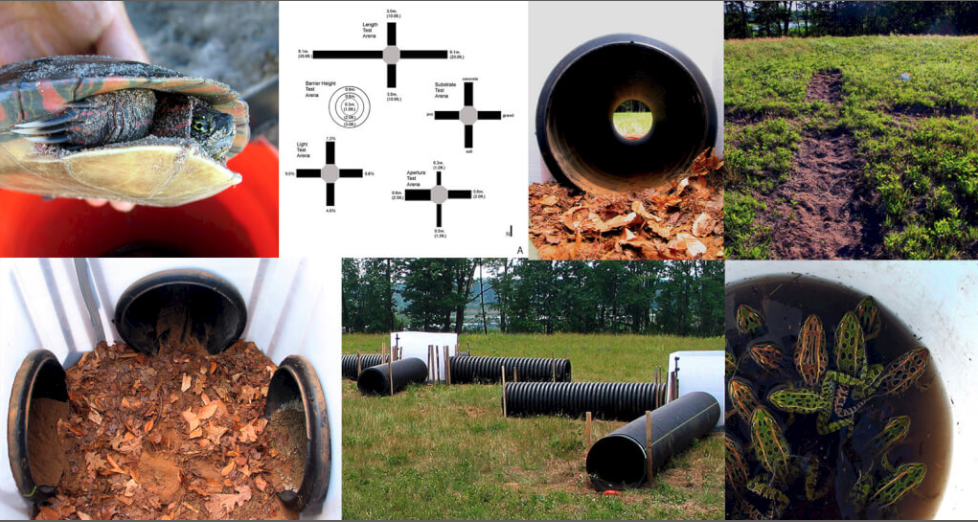
Both disciplines, Woltz says, take “curiosity, obsession, and acts of careful observing and recording. As both an artist and scientist, I believe that humans could benefit from deeper engagement with scientific data, systems thinking, and the complex emotions that accompany some of the global environmental issues that we currently face.”
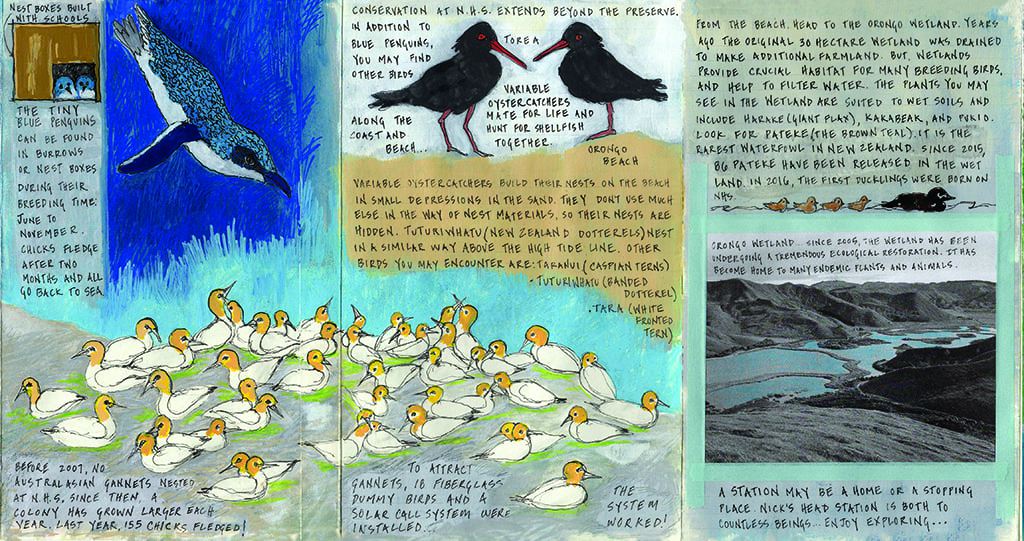
One of the major influences on her work as an artist is the effect of climate change on human responses. “Our brains sometimes have difficulty processing unpleasant truths that are nonlinear,” she says. “Responding to that, I’m moved to create works that encourage people to turn toward the gathering of data, to pause, sit, touch, and interact with it. What ignites us to care, and what pushes us to hide our heads in the sand?”
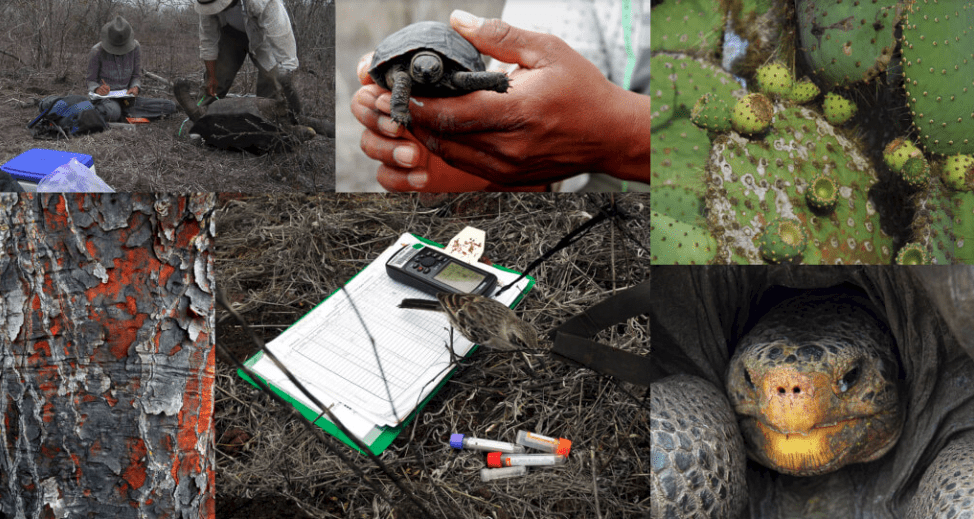
The Hudson Valley landscape provides a place for her to reflect on climate change and human interactions with the surrounding areas. She credits a 2015 residency at Millbrook’s Cary Institute of Ecosystem Studies with helping her develop work about threats to the ecosystems of the region like freshwater pollution, forest pests, climate change, and disease ecology. She returns every summer to teach a class on art and ecology.
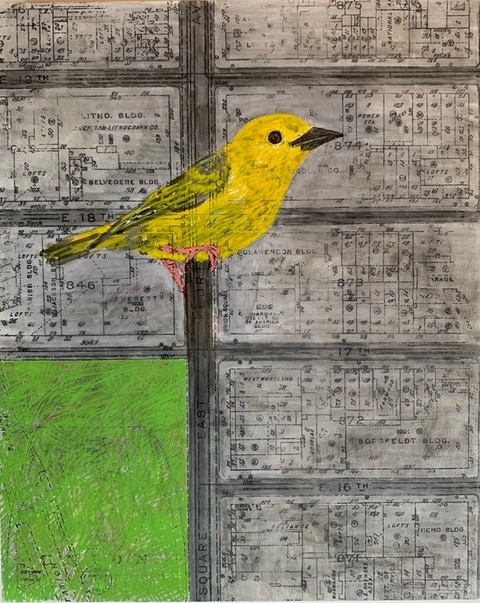
In the Hudson Valley, Woltz created an interactive weather station for a 2018 project called “Indicators: Artists on Climate Change” at the Storm King Art Center. Called “Vital Signs,” her project invited “visitors to engage with the collection of data, and to experience the temperature differentials between the dark and light areas as well as the volumetric change representing melted ice by interacting with each element.”
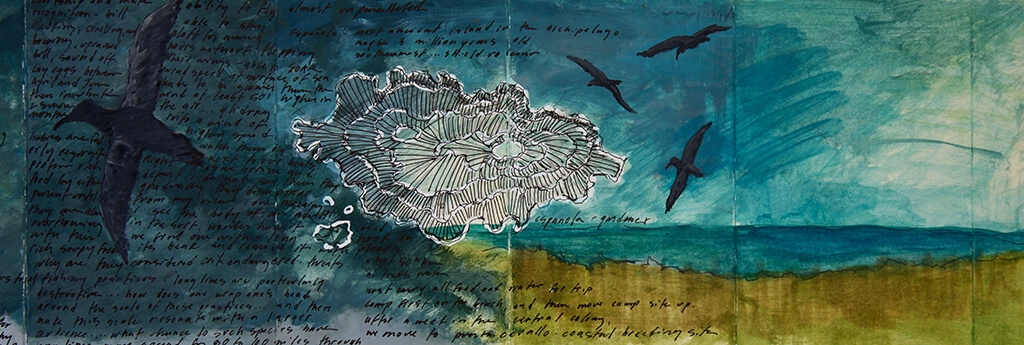
(Photo: Courtesy Hara Woltz)
Of her work at Storm King, Woltz says, “Like much of the Hudson Valley, Storm King is a mosaic landscape formed from a mix of meadows, forests, ponds, and streams, and it’s a place where people come specifically to immerse themselves in…landscape and art. Every time I visit my favorite haunts in the Hudson Valley, what I notice changes depending on the season and the weather patterns on a particular day. At Storm King, if it has just rained, I may see reflections of sculptures and trees and clouds in puddles. If it is overcast, I perceive the colors of the sculptures differently than on a bright blue summer sky day. In the winter, I can see microclimates through the way that snow melts first on the south side of Storm King Wavefield.”

The artist is planning to put roots down in the Hudson Valley, hunting for a barn to use as a studio. In the meantime, she enjoys the drives between her New York City home and the region. “All of a sudden, trees surround the car and I have a sense of being spatially transported and understanding seasonality visually,” she says. “The buds of red maples may be starting to swell, signaling spring, or the leaves of trees may be blanketing the ground in early December.”
